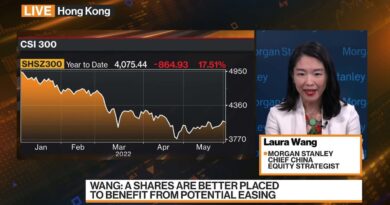
Will Rising Middle East Tensions Stir Market Volatility?

Weekly Light Crude Oil Futures
US Production and Inventory Trends
In the U.S., severe cold weather significantly impacted oil production, notably in North Dakota, where around 40% of output was halted. U.S. crude production reached 13.3 million barrels per day, according to the Energy Information Administration (EIA). However, the EIA also reported a substantial decrease in U.S. crude inventories, signaling strong refinery demand but a mixed outlook due to rising gasoline and distillate inventories.
OPEC and IEA Forecasts
OPEC remains optimistic about future oil demand growth, in contrast to the International Energy Agency (IEA), which predicts a moderated demand influenced by economic performance, energy efficiency, and the rise of electric vehicles. This divergence in views creates market uncertainty.
China’s Economic Influence
China’s economic slowdown has raised questions about its future oil consumption. However, Chinese refiners are actively securing crude oil, suggesting an expectation of increased demand later in 2024. This proactive approach indicates a cautiously optimistic outlook for China’s oil demand in the near term.
Fed, Interest Rates, and the US Dollar
The relationship between the U.S. dollar, Federal Reserve policies, and oil prices remains a key market driver. A stronger dollar has made oil more expensive for non-dollar users, potentially dampening demand. The Federal Reserve’s interest rate decisions are also critical, as they influence the broader economic environment and, consequently, the oil market.
Forecast for the Upcoming Week
For the upcoming week, the crude oil market is expected to experience rangebound movement. This forecast is based on the balancing act between supply disruptions and global economic concerns.
Geopolitical tensions in the Middle East and production challenges in the U.S. suggest upward pressure on prices, while the global economic slowdown, particularly in China, and the contrasting views of OPEC and the IEA, exert downward pressure.
Additionally, the strength of the U.S. dollar and Federal Reserve policies will play a significant role. Traders should prepare for fluctuations within a defined range, driven by the tug-of-war between supply risks and economic headwinds.
The rangebound forecast primarily hinges on traditional market fundamentals. However, considering the current situation in the Middle East, this factor is being treated as the wildcard in our analysis.



